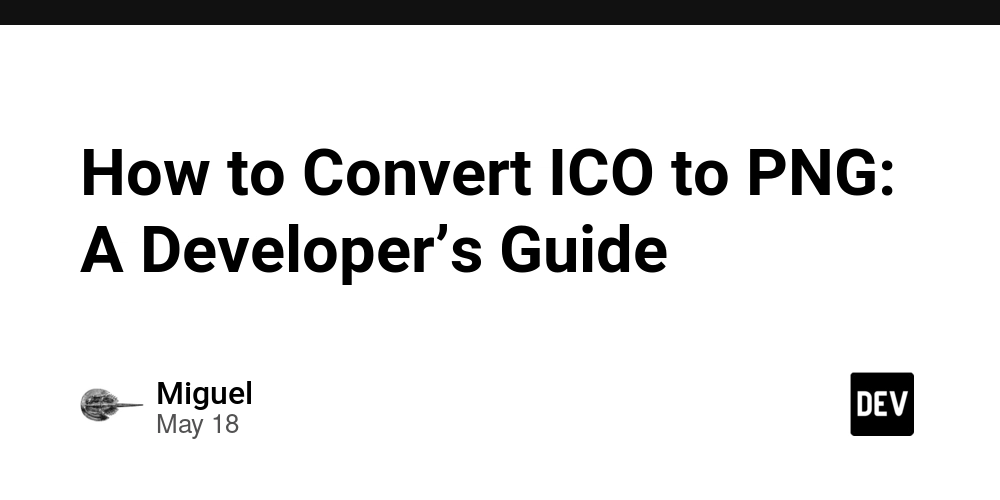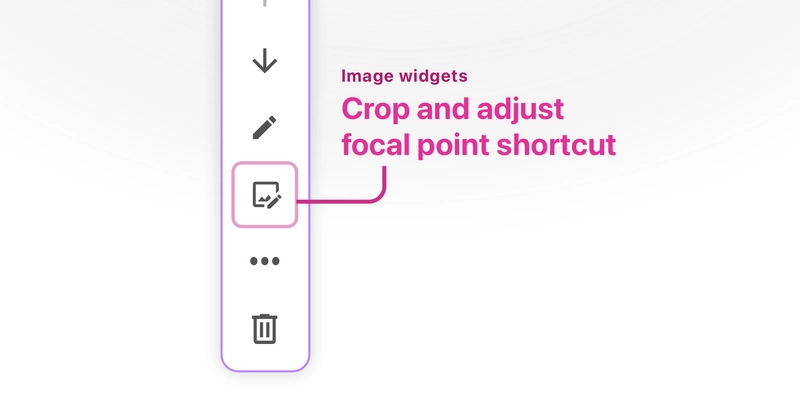The Butterfly Effect in Code: How a Margin Nearly Destroyed My Sanity
Lessons from a developer who faced absolute chaos while trying to refactor a sidebar Introduction In software development, major bugs don’t always come from major mistakes. Sometimes, it starts with something tiny. Almost imperceptible. Like the flap of a butterfly’s wings... or in my case, a hidden ml-4 class in a layout component. I spent hours—maybe more—trying to refactor a sidebar layout. I rewrote the logic, cleaned the CSS, broke the responsiveness, rebuilt components, revised media queries. Nothing. The layout simply refused to align. And as if under some kind of curse, even after sharing the code with Codin (my AI development companion), the problem persisted. We ran tests, reviewed commits, compared snapshots... but everything led back to the same mysterious misalignment. It’s worth mentioning: I was using Tailwind CSS in the project. And although many might think the issue was caused by HTML utility classes, Tailwind was not to blame. In fact, if I were using SASS or raw CSS, the problem might have been even harder to detect. Tailwind actually helped me spot the issue once I returned the code to its original state. And more than anything, it was the browser’s DevTools, used with patience and precision, that finally revealed the culprit: a simple ml-4 class silently pushing the layout off. At the edge of my patience, I decided to undo everything. I began rolling back, step by step, until I reached the initial version. And there it was. The cursed ml-4. An innocent-looking margin class that, like the flap of a butterfly’s wings, had triggered absolute chaos. That moment taught me: in development, the butterfly effect is real. From that collapse, I crafted personal rules to never again be taken down by a subtle detail. Rules I created to avoid the butterfly effect in code

Lessons from a developer who faced absolute chaos while trying to refactor a sidebar
Introduction
In software development, major bugs don’t always come from major mistakes. Sometimes, it starts with something tiny. Almost imperceptible. Like the flap of a butterfly’s wings... or in my case, a hidden ml-4 class in a layout component.
I spent hours—maybe more—trying to refactor a sidebar layout. I rewrote the logic, cleaned the CSS, broke the responsiveness, rebuilt components, revised media queries. Nothing. The layout simply refused to align. And as if under some kind of curse, even after sharing the code with Codin (my AI development companion), the problem persisted. We ran tests, reviewed commits, compared snapshots... but everything led back to the same mysterious misalignment.
It’s worth mentioning: I was using Tailwind CSS in the project. And although many might think the issue was caused by HTML utility classes, Tailwind was not to blame. In fact, if I were using SASS or raw CSS, the problem might have been even harder to detect. Tailwind actually helped me spot the issue once I returned the code to its original state. And more than anything, it was the browser’s DevTools, used with patience and precision, that finally revealed the culprit: a simple ml-4 class silently pushing the layout off.
At the edge of my patience, I decided to undo everything. I began rolling back, step by step, until I reached the initial version. And there it was. The cursed ml-4. An innocent-looking margin class that, like the flap of a butterfly’s wings, had triggered absolute chaos.
That moment taught me: in development, the butterfly effect is real. From that collapse, I crafted personal rules to never again be taken down by a subtle detail.
Rules I created to avoid the butterfly effect in code












































































































































































![[The AI Show Episode 146]: Rise of “AI-First” Companies, AI Job Disruption, GPT-4o Update Gets Rolled Back, How Big Consulting Firms Use AI, and Meta AI App](https://www.marketingaiinstitute.com/hubfs/ep%20146%20cover.png)























































































































![[DEALS] The ChatGPT & AI Super Bundle (91% off) & Other Deals Up To 98% Off – Offers End Soon!](https://www.javacodegeeks.com/wp-content/uploads/2012/12/jcg-logo.jpg)



![How to make Developer Friends When You Don't Live in Silicon Valley, with Iraqi Engineer Code;Life [Podcast #172]](https://cdn.hashnode.com/res/hashnode/image/upload/v1747360508340/f07040cd-3eeb-443c-b4fb-370f6a4a14da.png?#)





















































































































































































































































![Apple May Not Update AirPods Until 2026, Lighter AirPods Max Coming in 2027 [Kuo]](https://www.iclarified.com/images/news/97350/97350/97350-640.jpg)

![iPhone 17 Air Could Get a Boost From TDK's New Silicon Battery Tech [Report]](https://www.iclarified.com/images/news/97344/97344/97344-640.jpg)
![Vision Pro Owners Say They Regret $3,500 Purchase [WSJ]](https://www.iclarified.com/images/news/97347/97347/97347-640.jpg)





































































